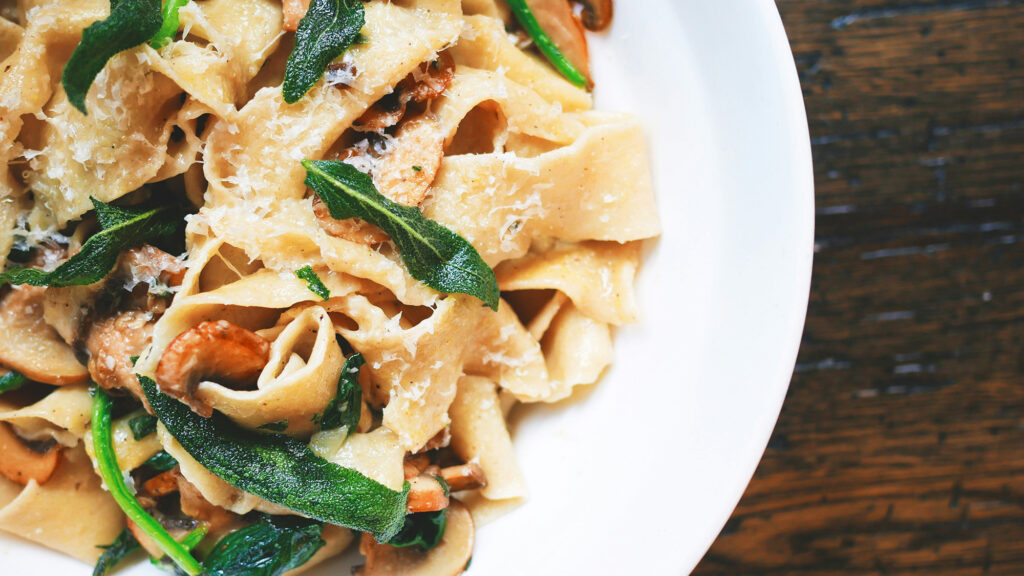Yellow dal, roti, and white rice are standard components of an Indian meal, but they can affect glucose metabolism differently. Dal has more carbs than protein. When you eat dal with roti or rice, the overall carb load consumption per meal increases, which causes a sugar spike.
Managing your glucose levels while eating yellow dal, roti, and white rice
• Consider separating roti and rice consumption into different meals and limiting the intake to one grain per meal.
• Try opting for alternative flour like coconut flour or almond flour to slow down the release of glucose into the bloodstream.
• Consider going for alternative rice options like cauli rice or black rice, which have a lower glycemic index.
• Consider adding bran or psyllium husk to your roti. The fibre will aid in stabilising glucose response.
Consuming Roti and White Rice together, especially in large amounts, can lead to hyperglycemia due to their high glycemic load, which is the total amount of carbohydrates in a food and how quickly it is absorbed into the bloodstream. The protein in the yellow dal is not enough to slow the digestion and absorption of carbs provided by white rice and roti. So, ensure that you balance the meal with other macro-nutrients like fibre and fats.







